Underfloor heating has become an extremely popular alternative to radiators in modern homes, offering increased efficiency and a cleaner, minimal aesthetic.
But did you know that choosing the wrong underlay can substantially reduce the efficiency of your system, leading to higher energy bills?
Here’s everything you need to know about underfloor heating underlay, so you can avoid common pitfalls and ensure your toes stay toasty.
In this guide
Types of underfloor heating systems
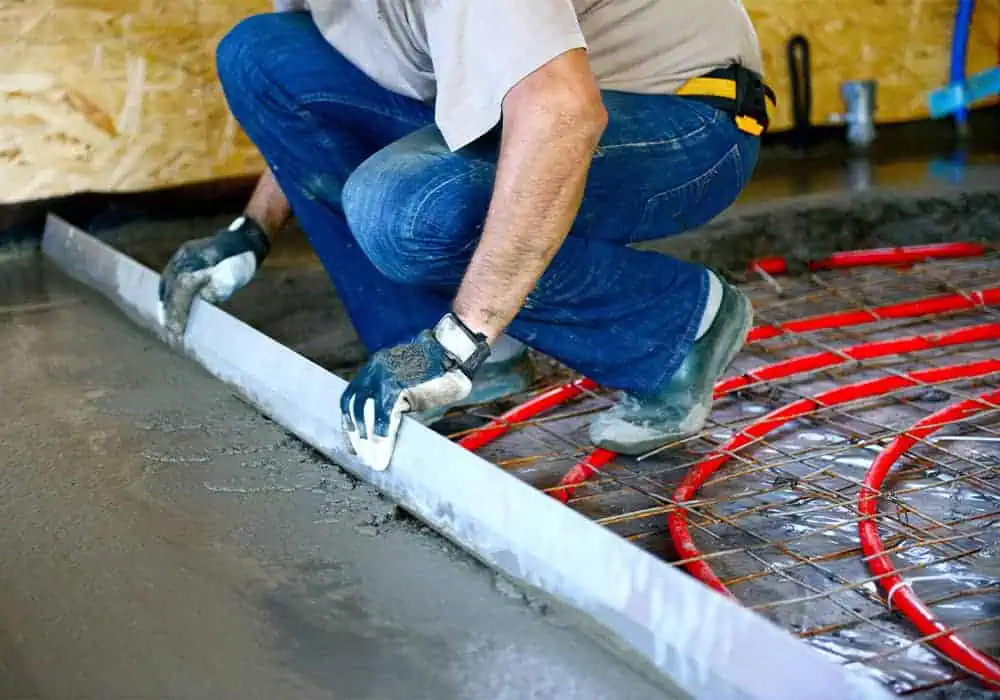
There are two common types of underfloor heating (UFH) systems:
- Electric (or ‘dry’) systems: these involve installing a network of electrical wires under your floor. They’re relatively easy to install (by a qualified electrician), with many newer versions coming in the form of matting that you roll out, making them ideal for retrofitting into existing homes. However, they can be much more expensive to run than wet systems, depending on your electricity tariff and usage, and they also don’t tend to play nice with underlay (more on that below).
- Water (or ‘wet’) systems: these systems use a series of pipes laid in the floor slab, through which heated water is circulated. They can be more efficient to run than electric systems and are often recommended for new builds, extensions or during major renovations, as they require a bit more space and installation effort.
Both systems have their merits, and the choice between them often comes down to your specific situation, budget and preferences.
Do you need specialist underfloor heating underlay?
In short, yes. Underfloor heating underlay is designed to withstand the heat generated by the system and ensure that it’s effectively transferred to the surface of the floor.
Using the wrong type of underlay can lead to overheating, damage to your flooring and inefficient heating performance, costing you money. It’s therefore essential you choose the right underlay to complement your underfloor heating system and flooring type.
The importance of TOG rating
TOG rating is a term that often comes up when discussing underfloor heating underlay. But what does it mean? TOG stands for ‘Thermal Overall Grade’, a measure of thermal resistance. In simpler terms, it’s a way of determining how much heat can pass through a material – you’ll often see it on things like duvets. The higher the rating, the less heat is transferred.
For underfloor heating systems to work efficiently, you need an underlay with a TOG rating below 1.00. This is because most underfloor heating suppliers recommend keeping the combined TOG of your underlay and flooring – whether that’s carpet, laminate or LVT – below 2.50 for maximum efficiency of the system.
We would suggest consulting your UFH supplier and installer so you can determine the recommended maximum TOG for their system before purchasing your flooring and underlay. It should also be noted that many underlays aren’t deemed suitable to be used with ‘dry’ (electric mat/wiring) systems, so be sure to download and reference the technical spec sheets available on all of our products for clarification, prior to purchase.
The best underfloor heating underlays for carpet
These days, thanks to advancements in underlay manufacturing, it’s possible to combine the cosy warmth of underfloor heating with the soft, homely feeling of carpet between your toes.
As mentioned above, your combined underlay and carpet TOG rating shouldn’t exceed 2.50, and we’d actually recommend trying to keep this to 2.00 for optimal performance. With a typical wool/nylon mix carpet coming in around 1.20 tog, you would therefore want your underlay to be 0.80 tog or less.
Luckily, we stock a range of specialist carpet underlays that fit the bill.:
Duralay Heatflow Carpet
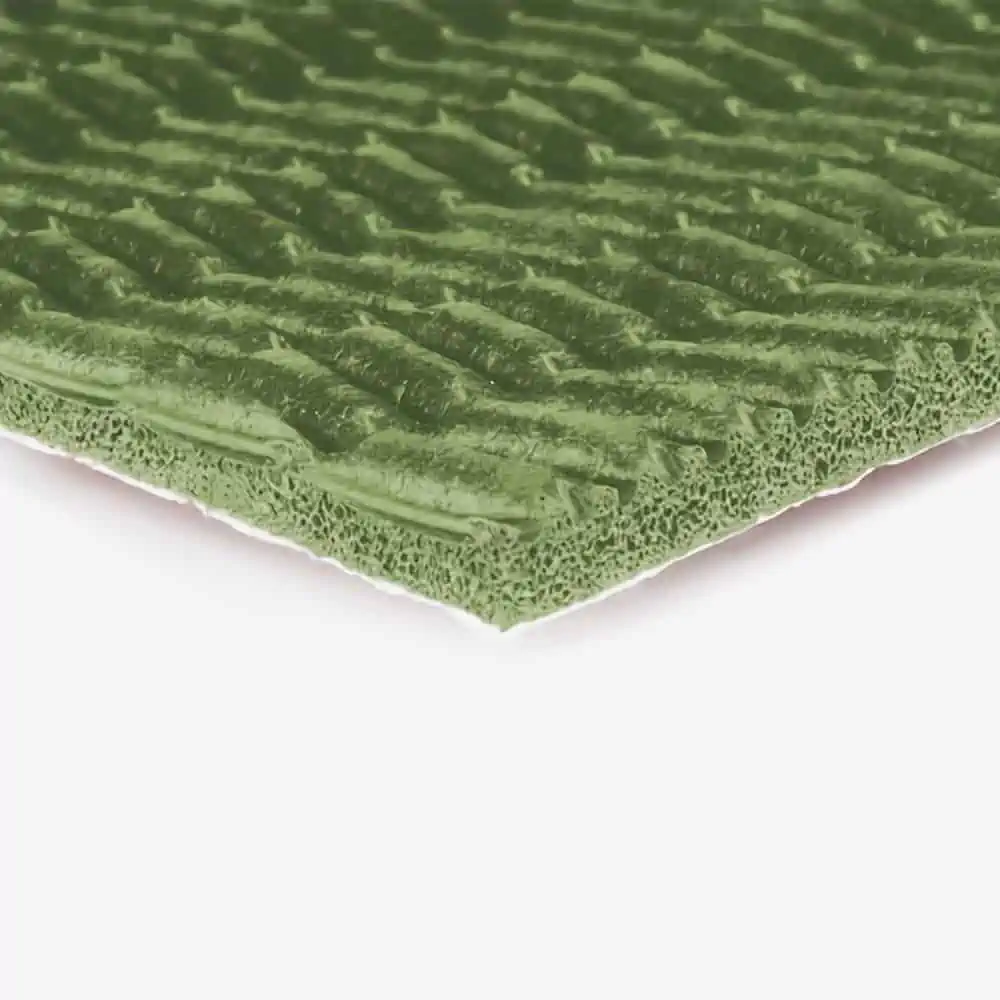
The most affordable UFH carpet underlay we stock is also arguably the best, offering a supremely low 0.75 TOG rating without sacrificing any density (495kg/m).
Although it’s slightly thinner than the alternatives below, Heatfloow Carpet is a comfortable, durable underlay that performs exceptionally well and is built to last.
Comes highly recommended.
Tredaire King
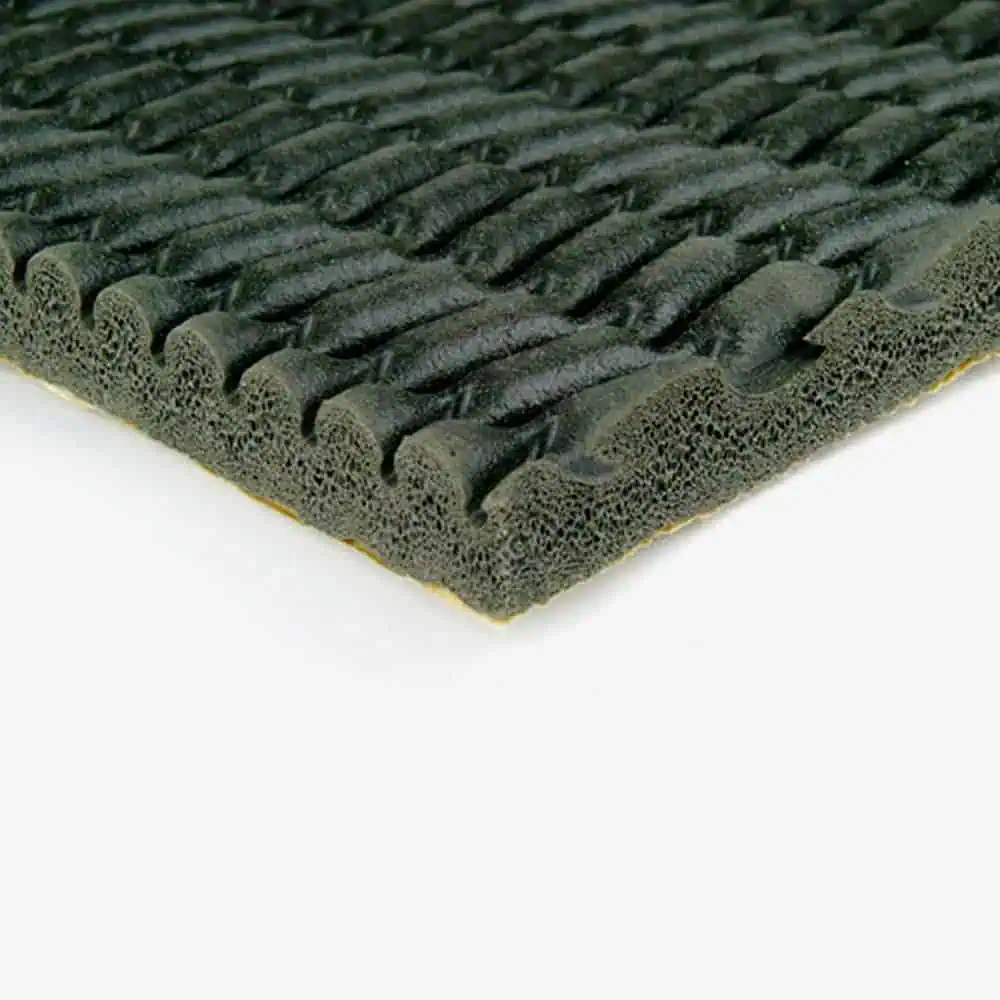
Tredaire King is a superb choice for carpet installations with underfloor heating systems. It has a TOG rating of just 0.80, which allows heat to transfer effortlessly, but is unique in that it also reduces impact noise by 42dB so your home will feel quieter and more peaceful.
Packed with 512kg/m³ of rubber, this product also has one of the highest density ratings on the entire market, guaranteeing your flooring looks its best for longer.
Wilsons Thermalstream
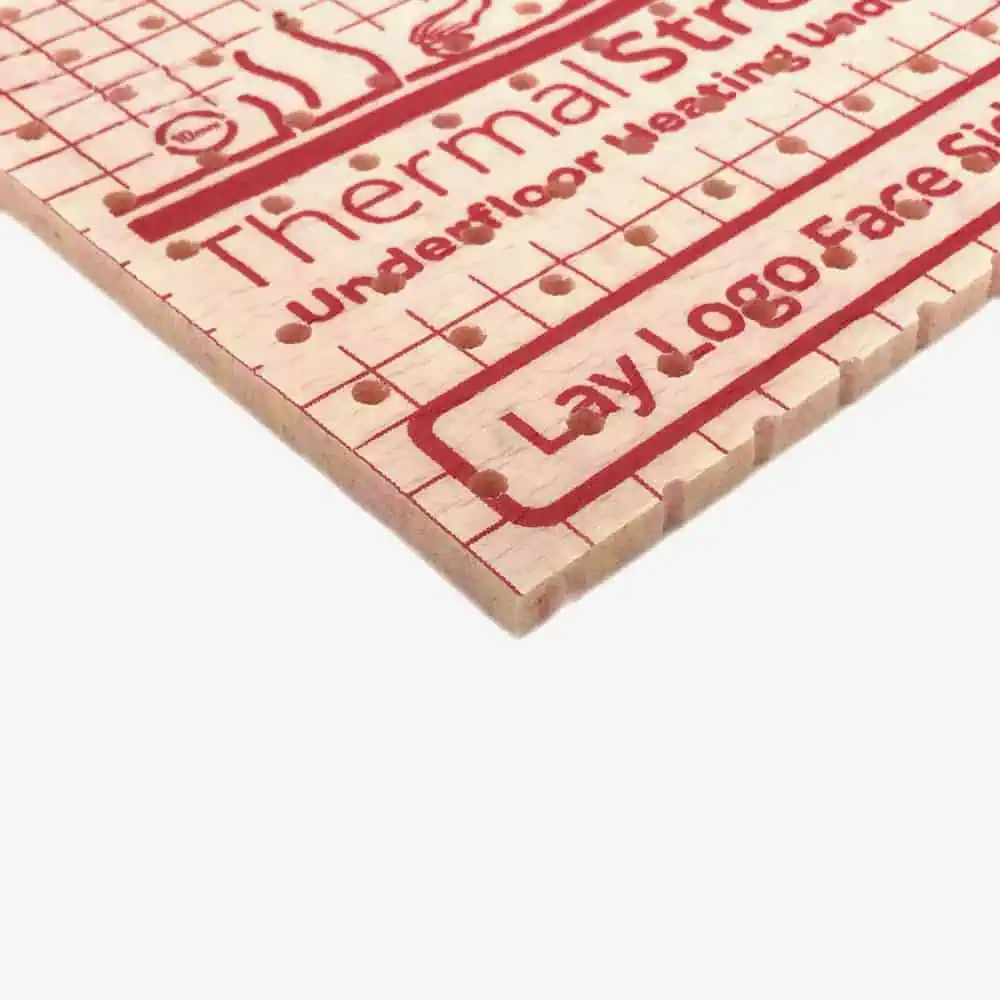
You wouldn’t expect a foam underlay to be compatible with UFH as it’s a natural insulator. Yet Thermalstream bucks the trend thanks to its innovative construction, which features hundreds of punched holes that allow the heat to transfer evenly across its surface, securing a TOG rating of 0.80.
At 10mm thick, Thermalstream offers a sense of comfort and cushioning that rubber underlays cannot match, making it ideal for low-traffic areas such as living rooms and lounges.
The best underfloor heating underlays for laminate
For a long time, laminate or hardwood was the only viable flooring choice for underfloor heating systems as the boards were thin and allowed heat to transfer efficiently. Many fitters would lay this type of flooring directly on the subfloor for optimum performance of the system, without any underlay installed.
However, underlay offers several important benefits, including extending the lifespan of your flooring, increased comfort underfoot and impact noise reduction (particularly important with hard floor coverings). Luckily, you no longer have to make this sacrifice as there are a number of excellent laminate underlays that can be used in conjunction with UFH.
Here are three of our favourites:
Duralay Heatflow Wood & Laminate
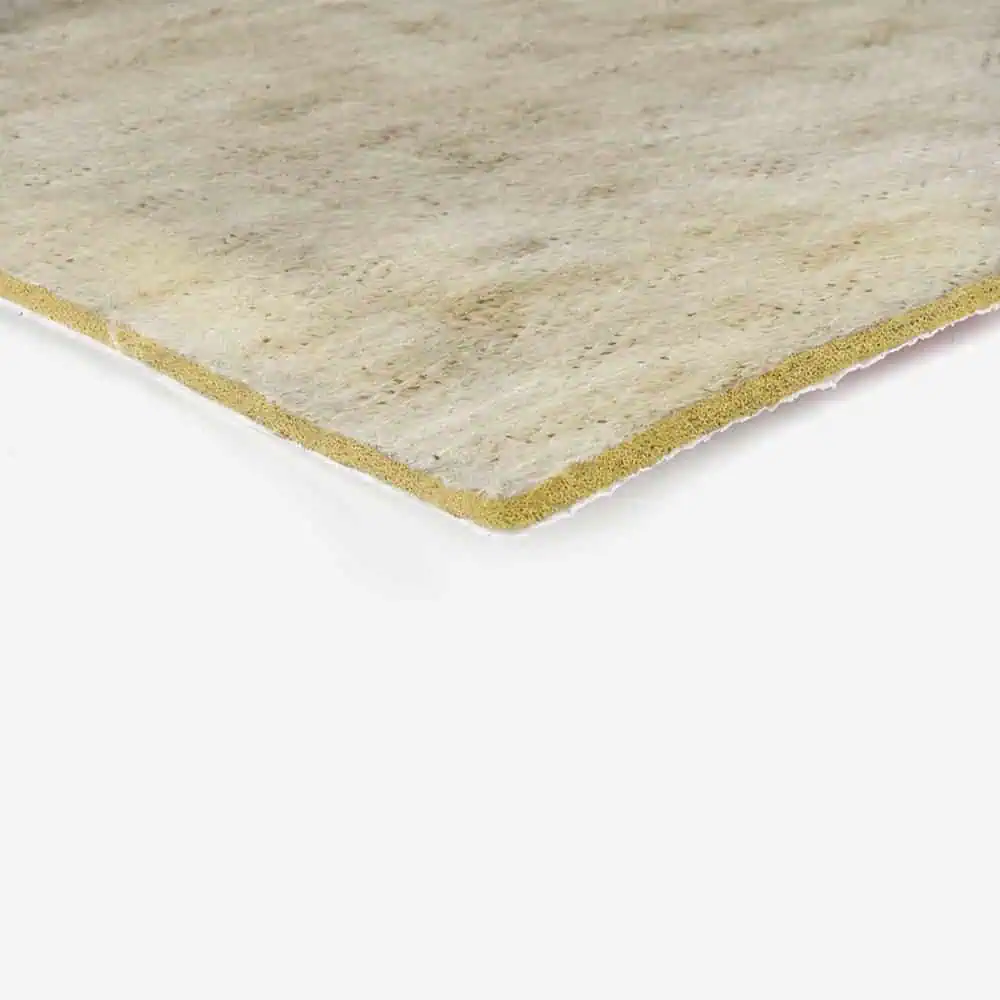
Duralay Heatflow is a specialist UFH-compatible product that does exactly what it says on the tin: allows heat to flow through the underlay straight to your laminate or wood flooring.
It has a supremely low TOG rating of 0.35, yet it manages to do this without sacrificing density, packing 801kg/m³ of sponge rubber into the product. The result is an underlay that will go the distance, keeping your system running at optimal efficiency for many years to come.
Duralay Silentfloor Gold
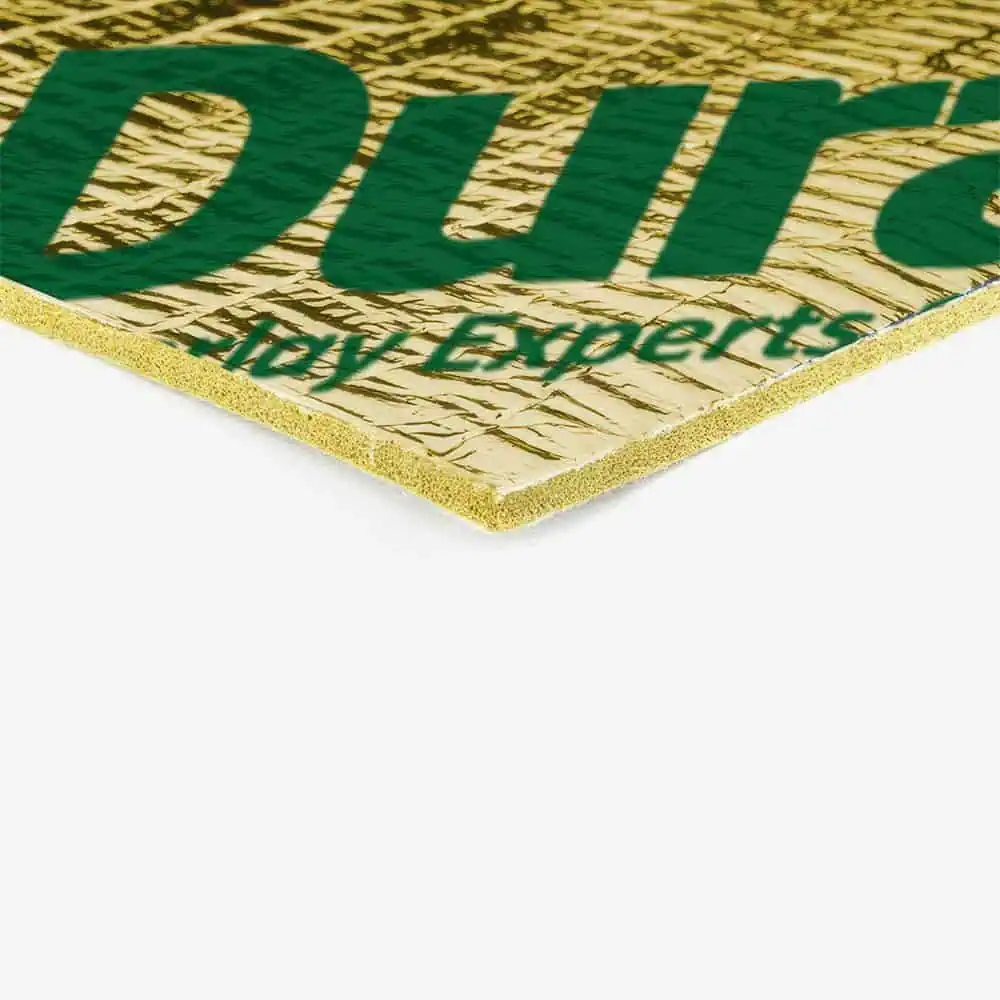
Live in a busy household? Silentfloor Gold is for you. This acoustic underlay can reduce in-room noise by up to 30%! It’s also extremely dense (710kg/m³) and suitable for use with UFH thanks to its 0.33 TOG rating.
So, you get warmer, quieter rooms, a solid stable base for your flooring AND a cushioned sensation underfoot. What more could you ask for?
Duralay Timbermate Excel
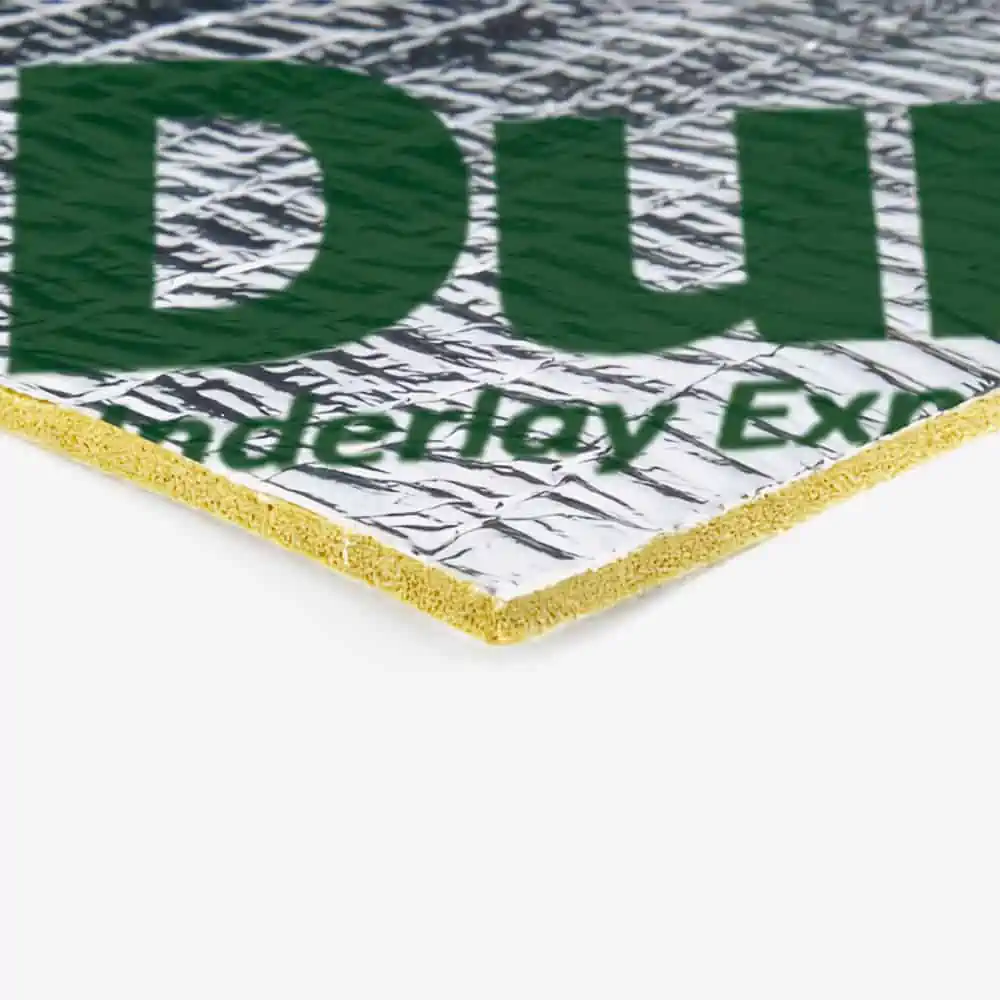
Timbermate Excel is our bestselling laminate underlay for a reason. It’s a superb all-rounder, offering plenty of support for your flooring (706kg/m³), high impact sound reduction (23dB) and a TOG value of just 0.55, making it compatible with underfloor heating.
At just £4.98m² it’s excellent value for money.
The best underfloor heating underlay for LVT
LVT has become an extremely popular choice in modern homes with UFH systems, offering durability, a wealth of design choice and thin, easy-to-lay planks that disperse heat rapidly.
Traditionally, LVT is glued straight onto the subfloor. This means the subfloor needs to be perfectly level (within millimetres of tolerance), smooth and clean, often necessitating a self-levelling screed to be applied prior to installing the LVT itself.
The drawbacks of this are:
- Cost: screed can be expensive, particularly the market-leading products. You’ll also need to pay to have it applied by a professional if you want a perfect finish.
- Time: screed needs time to fully dry before LVT is installed, meaning the fitting process will stretch over multiple days.
One way you can negate this is by opting for a specialist LVT underlay. Designed to be used with ‘dry back’ LVT planks, this type of underlay is loose laid over the top of the subfloor (or an existing floor). The release film is then peeled back to expose the adhesive and your LVT positioned and pressed onto the underlay’s high grab backing.
The benefit of using an LVT underlay is that subfloor prep times are greatly reduced, costly screed application is negated and it allows experienced DIY’ers to install their flooring, potentially saving hundreds of pounds.
In this sector, there is currently only one product we would recommend and put our name behind:
Duralay LVT Dry Back
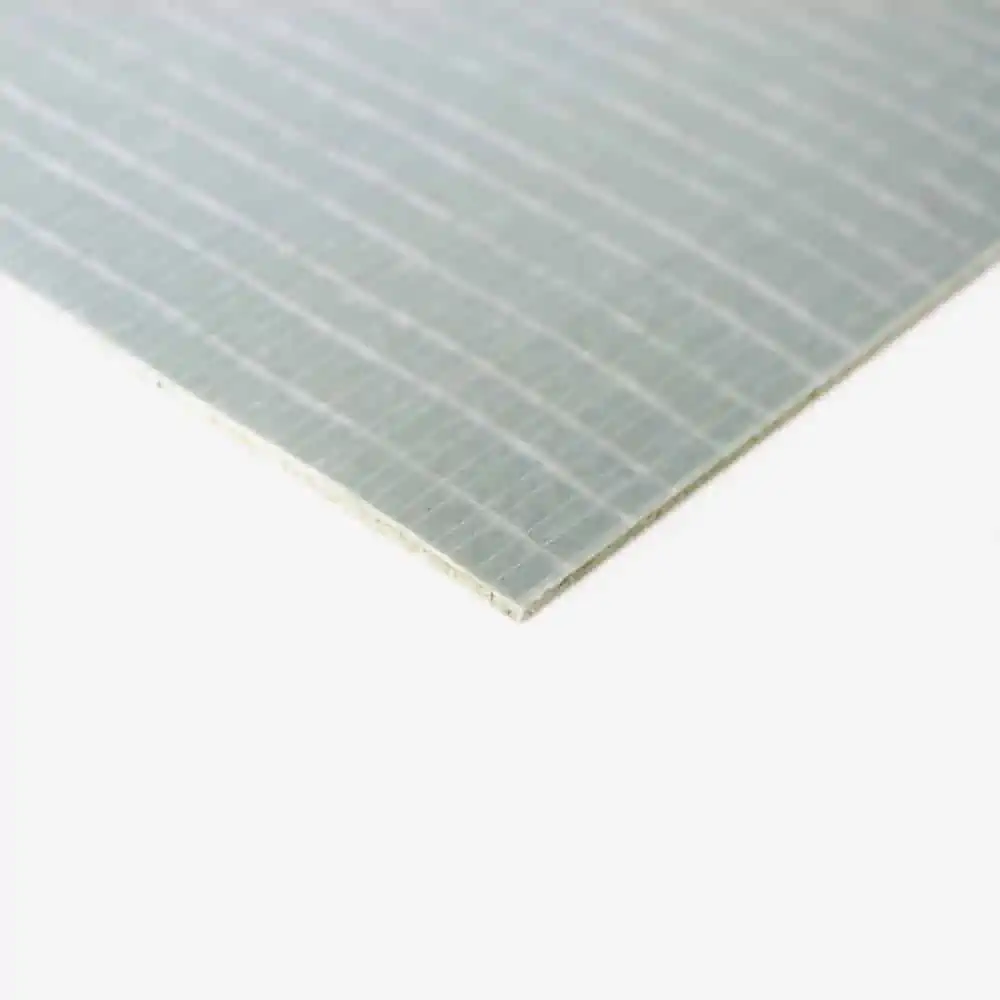
This innovative product from Duralay offers potential savings of £20m² or more on your installation.
For use with ‘dry back’ luxury vinyl tiles, it offers impact sound reduction of 15dB, provides a flat, stable base for your LVT (1,389kg/m³ density rating) and is suitable for use with underfloor heating thanks to its 0.10 TOG rating.
A genuinely superb product that has revolutionised the way LVT is being fitted up and down the country.
Need further help?
If you’re still unsure what would be the best underlay for your project, please get in touch with our expert team at contact@simplyunderlay.co.uk. We will be more than happy to help.

